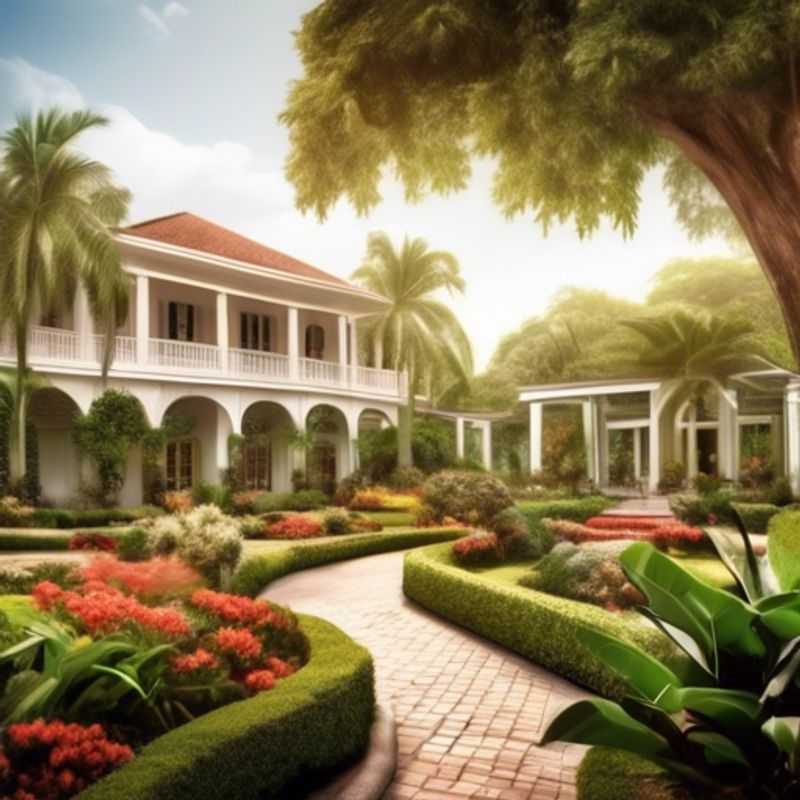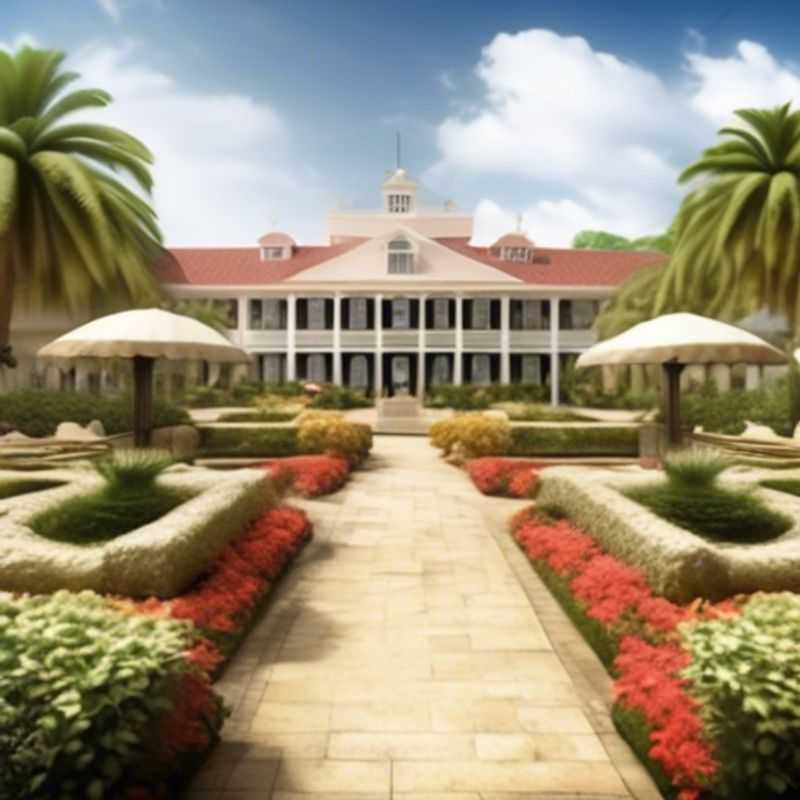Top 4 Things to Know Before Buying Colonial Gardens

Unveiling Colonial Gardens: 4 Essential Insights for Your Journey
Before embarking on the enchanting journey of creating a colonial garden, there are a few essential things to consider, much like an engineer carefully assessing the foundations of a grand structure.

A Stroll Through Time: Understanding the History and Architecture of Colonial Gardens
Colonial gardens, flourishing in the 17th and 18th centuries, embody the spirit of a burgeoning nation, merging practical necessity with aesthetic beauty. These gardens, often extensions of the home, were vital for sustenance, serving as sources of food, medicine, and materials. The gardens were designed to be self-sufficient, reflecting the ideals of the time and the importance of self-reliance. They were a visual expression of the colonists' desire to create a new world, drawing inspiration from European traditions while adapting to the unique conditions of the New World.
Architectural styles, influenced by European trends like the French formal garden and the English cottage garden, adapted to the American landscape. The gardens were often laid out in geometric patterns, with carefully aligned rows of vegetables, fruit trees, and herbs. They featured elements such as boxwood hedges, fountains, and statues, creating a sense of order and control. Symmetry and balance were key aspects of the colonial garden design, reflecting the colonists' desire for harmony and order in their new world. The emphasis on practicality, however, ensured that the gardens also served utilitarian purposes.
Beyond their practical value, colonial gardens played a crucial role in shaping the American identity. They reflected the aspirations, values, and social hierarchies of the time. The gardens were a source of pride, showcasing the colonists' ability to thrive in a new environment. They also served as social gathering places, fostering community and reinforcing the ideals of self-sufficiency. The gardens, thus, represent a crucial chapter in American history, a testament to the ingenuity and resourcefulness of the early colonists. The architectural styles and historical significance of colonial gardens provide a fascinating glimpse into the past, offering valuable insights into the lives and values of those who shaped the early years of the nation.

Know Your Soil and Climate: Choosing Plants for Success
Before planting, understand your area’s climate and soil. This is crucial for selecting plants that thrive in your specific conditions. Consider factors like average temperature, rainfall, and sunlight hours. Soil types vary in their ability to retain water and nutrients. A simple soil test can help determine its composition and pH.
Knowing your climate and soil conditions allows you to select plants that are adapted to your environment. These plants will require less maintenance and have a higher chance of survival. There are many online resources and local gardening centers that can provide information on suitable plant choices.
While soil testing is recommended, it might be a paid service provided by local laboratories or agricultural extension offices. Costs vary depending on the type of analysis and location. However, investing in this service can significantly improve your gardening success.

Taming the Beauty: A Guide to Maintaining Your Colonial Garden
A colonial garden, with its structured formality and emphasis on symmetry, requires a dedicated approach to maintenance. Regular upkeep is crucial to preserving the garden's historical charm and elegance.
Pruning is a key element, shaping plants to maintain their desired form and size, as well as removing dead or diseased foliage. Regular weeding is essential to preventing unwanted plants from taking over the garden, ensuring that the carefully chosen species flourish.
The garden's soil should be regularly amended to ensure adequate drainage and fertility. This can include adding compost, manure, or other organic matter to enrich the soil and provide essential nutrients. Watering, especially during dry periods, is essential for healthy plant growth. Pest control is also important, using environmentally friendly methods whenever possible.
Maintaining paths and walkways is crucial for accessibility and aesthetics. This includes removing weeds, repairing any damage, and keeping the surfaces clean. Regular maintenance will keep your colonial garden looking its best and ensure its continued enjoyment for years to come.

Beyond Concrete and Steel: Exploring Traditional Materials and Techniques in Garden Design
A garden doesn't have to be a sterile expanse of concrete and plastic. There's a lot to be said for incorporating traditional materials and techniques into your outdoor space. Not only will you be tapping into a long history of horticultural wisdom, but you'll also be creating a more sustainable and aesthetically pleasing garden. From natural stone for pathways and retaining walls to wood for fences and trellises, using these traditional materials can give your garden a timeless charm.
Think about the different textures and colors these materials provide. Cobblestones create a rustic charm, while brick offers a more formal feel. Wood adds warmth and a natural texture, while stone can give a sense of permanence and solidity. Don't forget about incorporating the traditional techniques of terracing and dry stacking, both of which can be used to create stunning visual effects while also improving drainage and soil stability.
Consider handmade bricks, aged wood, or recycled materials to add even more character to your garden. These materials often come with a rich history and patina that can be incorporated into your design. And if you're feeling adventurous, you can even try your hand at some traditional garden crafts, such as wattle fencing or mosaic tilework.
Working with traditional materials and techniques doesn't have to be expensive, but you will need to factor in the cost of sourcing materials, skilled labor, or DIY time. For larger projects, be sure to get professional advice and quotes before making any major decisions.
